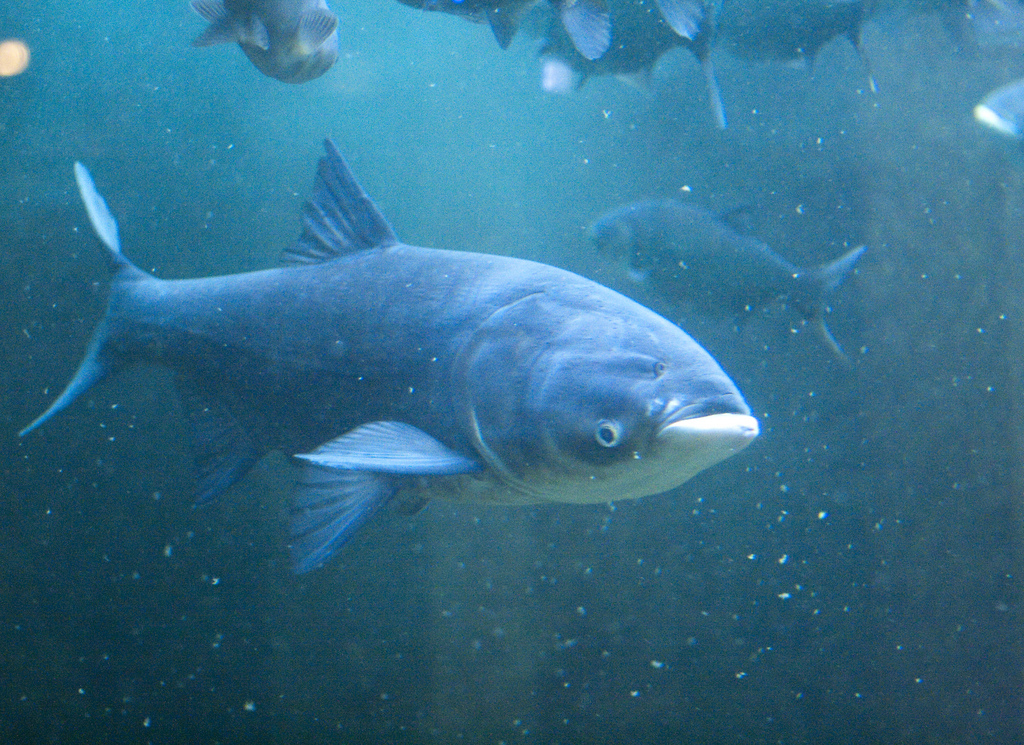New research from the University of Alberta has produced a helpful field tool that allows offline, in-the-field environmental managers to harness the power of artificial intelligence in their work to stop the spread of aquatic invasive species (AIS).
In their research, Evaluation of machine learning methods for predicting eradication of aquatic invasive species, authors Yanyu Xiao, Russell Greiner, and Mark A. Lewis used machine learning techniques to predict the successful eradication of AIS.
“The economic cost of invasive species is in the tens of billions of dollars—and because the cost is so high, there is a great deal of interest in preventing and controlling invasions,” said Lewis, a professor of mathematical biology at the U of A.
The study examined 143 planned attempts to eliminate AIS, each attempt being defined by both ecological and “eradication-strategy-related features” in the ecosystem under threat from the AIS.
“Mathematical biology has many wonderful tools for understanding the eradication of invading species, in general. Machine learning provides many complementary tools, for predicting whether a specific invasion is likely to be eradicated, using some specified approach,” said Greiner, professor of computer science at U of A.
The research produced an array of decision trees that environmental managers can use to evaluate the best course of action to eliminate an invasive species at any given site. In particular, the machine learning techniques found that using the decision tree model, narrowing the focus to only ecological features produced comparable results to a wider array of features. “We found that if an occupied area was not large and/or containments of AIS dispersal were employed, the eradication of AIS was likely to be successful,” wrote the authors.
“As the end user, having a computer isn’t necessary,” said Lewis. “All you need is a copy of the decision tree, which is much more useful for environmental managers working in the field.”
Original quotations from Katie Willis at the University of Alberta.









